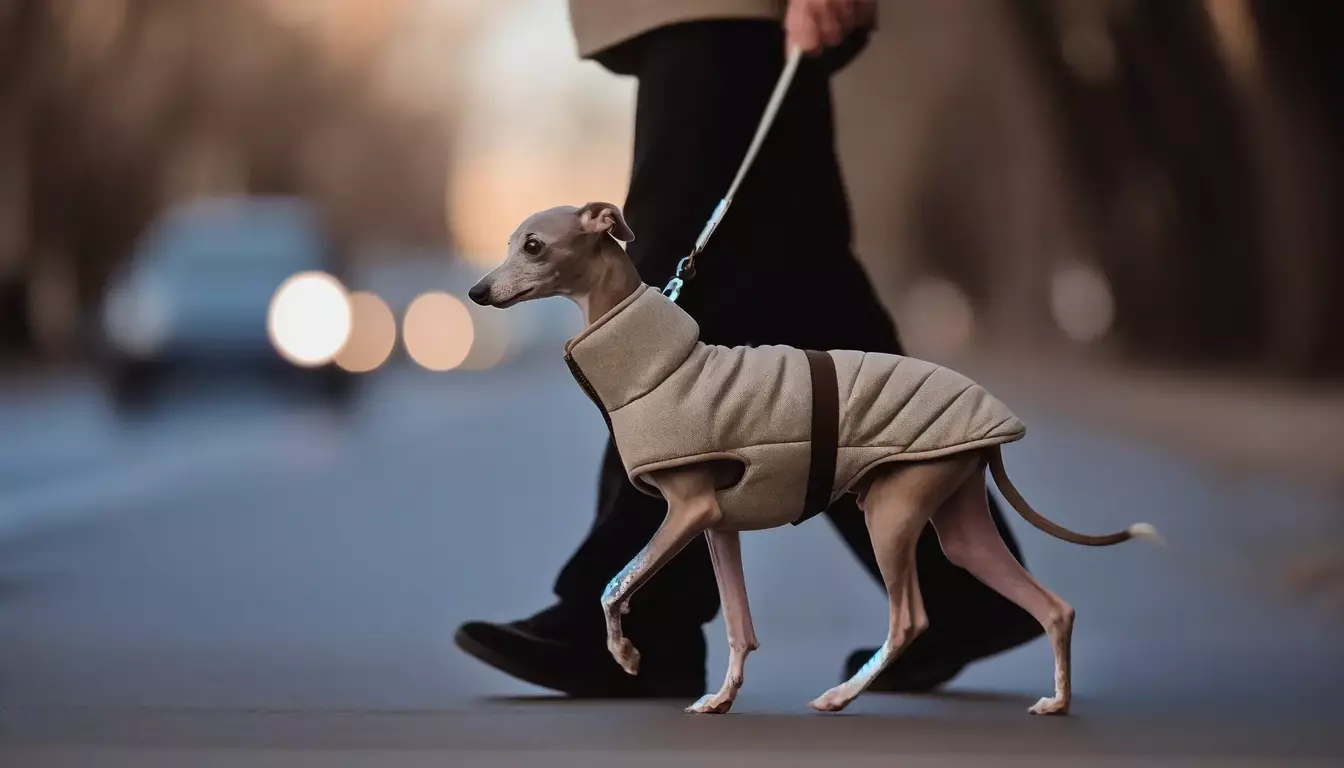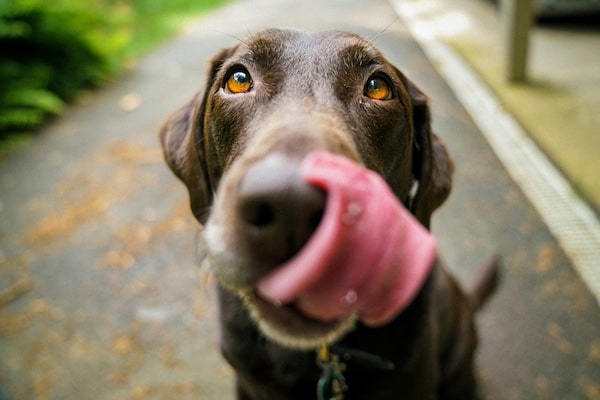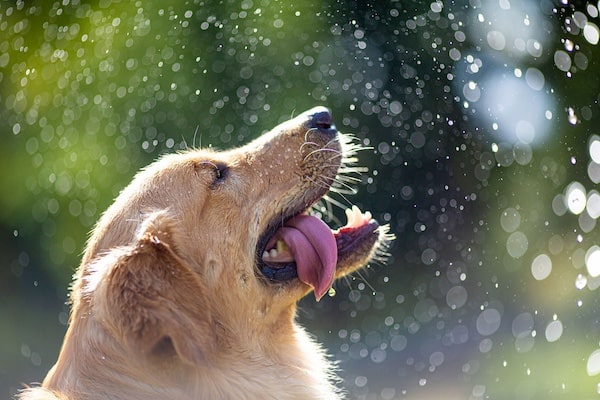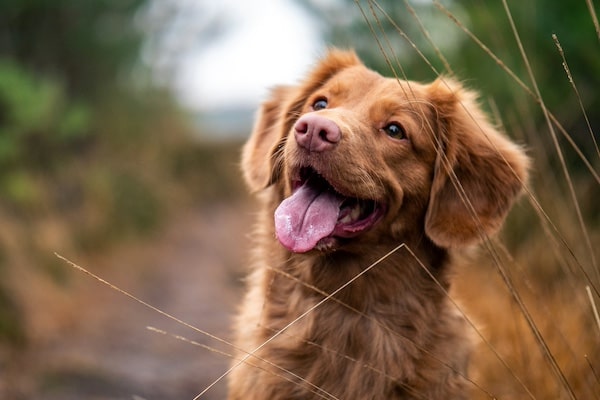This guide explores the distinctive traits and characteristics of the Italian Greyhound, a breed renowned for its elegance and affectionate nature. With their slim, refined build and graceful demeanor, these dogs carry an air of aristocracy yet remain immensely loyal and playful companions. Ideal for those residing in smaller living spaces, Italian Greyhounds require minimal grooming and are known for their cleanliness.
Throughout this guide, readers will gain insightful tips and practical advice on nurturing and understanding this delicate breed, ensuring a harmonious relationship between dog and owner. This will include guidance on training, diet, and healthcare tailored specifically to the unique needs of the Italian Greyhound.
Italian Greyhound – Size & Life Expectancy
Height
13-15 inches
Weight
7-14 pounds
Life Expectancy
14-15 years
About the Italian Greyhound
The Italian Greyhound, with its refined silhouette and aristocratic bearing, boasts a rich heritage that dates back over two thousand years. Originating in the regions that are now Greece and Turkey, this breed was cherished by nobility throughout the Mediterranean. By the Middle Ages, Italian Greyhounds graced the courts of Europe, becoming a symbol of opulence among the elite. Their primary role transcended that of a mere companion; they were also admired for their hunting prowess, particularly in the pursuit of small game, leveraging their keen sight and swift, agile movements.
As Renaissance art flourished, so too did depictions of the Italian Greyhound, with the breed frequently appearing in paintings, often at the side of their noble owners. Their slim, elegant bodies and innate grace made them a favored subject, emblematic of the refined aesthetic of the period.
Italian Greyhound Today
Transitioning from their historical backdrop to the present, Italian Greyhounds have retained their status as esteemed companions, though their roles have notably shifted. No longer hunters or regal status symbols, they are now primarily lap dogs, cherished for their affectionate and gentle disposition. Despite their delicate appearance, they are robust and energetic, capable of bursts of high speed which is a vestige of their hunting lineage.
Currently, the Italian Greyhound stands as a popular choice among dog lovers who appreciate the breed’s manageable size and minimal grooming needs. They are particularly suited to life in apartments or homes with limited space, a factor that contributes to their popularity in urban settings. Moreover, their short, sleek coat, which comes in a variety of colors including gray, slate, red, black, and yellow, makes them a striking, low-maintenance pet.
Typical Owners
The typical Italian Greyhound owner is often someone who values a close, interactive companionship with their pet. These dogs thrive in environments where they can participate fully in family activities. They are known for their sensitivity and bond deeply with their owners, reflecting the mood and tone of their household. This breed is ideal for those who can provide gentle, consistent training and are sensitive to the cold due to their thin coats, necessitating wardrobe considerations in cooler climates.
Additionally, Italian Greyhounds possess a youthful vigor well into their senior years, requiring owners who can cater to their exercise needs while being mindful of their propensity for injury due to their slender build. Their intelligence and playful spirit make them excellent companions for those who enjoy an active, engaging lifestyle with their pets.
In conclusion, the Italian Greyhound, with its noble roots and contemporary charm, continues to win the hearts of dog enthusiasts around the world. Offering a unique blend of historical prestige and modern adaptability, this breed stands as a beloved member of the canine community, bringing joy and elegance to the lives of those who choose to welcome them into their homes.
Traits & Characteristics of the Italian Greyhound
- Elegant and Refined Appearance: Slim build and graceful movements typical of a sighthound.
- Affectionate and Loyal: Forms close bonds with family, very loving towards their owners.
- Intelligent and Perceptive: Quick to learn and sensitive to their owner’s emotions, making them quite responsive in training.
- Minimal Grooming Needs: Short, smooth coat that requires little maintenance beyond regular baths and brushing.
- High Energy and Playful: Enjoys bursts of high-speed running and playful activities, despite their delicate appearance.
- Ideal for Small Living Spaces: Their small size and generally quiet nature make them perfect for apartment living.
- Sensitive to Cold: Requires extra care in cold weather due to their thin coat and low body fat.
Owning an Italian Greyhound
Considering an Italian Greyhound as a new family member brings both joy and responsibility. Known for their sleek appearance and affectionate nature, these dogs are well-suited to various living environments and compatible with many lifestyles. However, understanding their specific needs is essential to ensure a healthy, happy life together. Below is a comprehensive guide covering health, exercise, grooming, nutrition, and training to help potential owners make informed decisions.
Health
Italian Greyhounds are generally healthy, but like all breeds, they have predispositions to certain health issues. Common concerns include dental problems due to their small mouths and teeth crowding, which emphasizes the need for regular dental check-ups and cleanings. Additionally, they can be prone to bone fractures due to their slender build; hence, care should be taken during play to avoid high-impact activities. Owners should also be aware of signs of hypothyroidism and epilepsy, which are seen in the breed. Regular veterinary visits and keeping a watchful eye on any unusual symptoms can lead to early detection and management of these conditions.
Exercise
Despite their petite size, Italian Greyhounds possess a surprising amount of energy and require regular exercise to maintain their mental and physical health. A daily routine should include moderate walks and opportunities for safely enclosed, off-leash running. These dogs excel in agility training and enjoy activities that challenge their speed and flexibility. However, owners should monitor their pets to avoid injuries during play, as their slender legs are quite fragile. Appropriate exercise not only keeps them fit but also helps mitigate potential behavioral issues stemming from pent-up energy.
Grooming
The grooming needs of an Italian Greyhound are relatively low compared to other breeds. Their short, smooth coat sheds minimally and requires only occasional brushing to remove dead hair and distribute skin oils. Bathing should be done sparingly, only when the dog is visibly dirty or as recommended by a veterinarian, to prevent skin dryness. It’s also important to maintain their nail length to prevent discomfort and mobility issues. Regular ear checks and cleaning will help prevent wax buildup and potential infections.
Nutrition
Feeding an Italian Greyhound involves choosing high-quality dog food that caters to their energy needs, size, and age. These dogs do well on both commercially prepared and home-cooked diets, provided they meet the nutritional standards set by veterinary nutritionists. Avoid foods with excessive fillers like corn and wheat, which can lead to obesity and digestive issues. Be cautious with treats and avoid toxic foods like chocolate, xylitol, and grapes. Consistency in feeding routines and portion control is crucial to prevent weight gain, as these slender dogs can quickly become overweight, which puts additional strain on their delicate frames.
Training
Training an Italian Greyhound offers a mixture of challenges and rewards. They are intelligent and can learn quickly but sometimes exhibit a stubborn streak, which requires patience and consistency from the owner. Early puppy training and socialization are crucial to develop a well-rounded dog. Exposure to different people, environments, and situations helps prevent timidness and anxiety. Positive reinforcement techniques work best, as harsh methods can damage their trust. Regular, short training sessions will keep them engaged and strengthen the bond between the dog and its owner.
Understanding these aspects of care ensures that life with an Italian Greyhound is a fulfilling and joyful experience, fostering a deep, enduring bond.
The Italian Greyhound Standard
The Italian Greyhound, a breed celebrated for its elegance and grace, adheres to a precise breed standard that highlights its unique characteristics and physical beauty. This standard serves as the blueprint for judging the breed in competitive shows and outlines the ideal qualities that breeders strive to achieve.
General Appearance
The Italian Greyhound presents a picture of a miniature Greyhound, exemplifying grace and refinement with a sleek, streamlined silhouette. The ideal specimen combines the essence of both speed and endurance, evident in its slender build. It should appear fragile but be surprisingly robust, with an overall appearance of delicate beauty coupled with muscular strength.
Size and Proportion
This breed is the smallest of the sighthounds, standing about 13 to 15 inches at the shoulder and typically weighing between 7 to 14 pounds. The body should be slightly longer than tall, providing a rectangular appearance. Proportion is key; the length of the leg should harmonize with the depth of the body to create a balanced, elegant outline.
Head
The head of the Italian Greyhound is long and narrow, tapering gracefully to the nose without appearing snipey. Eyes are dark, bright, and expressive, large but not protruding, conveying an intelligent and alert expression. Ears are small, fine in texture, and typically folded back along the neck but can rise perpendicular to the head when the dog is attentive.
Coat and Color
The coat is one of the breed’s distinctive features: fine, short, and glossy, it should fit the body like a smooth skin. Italian Greyhounds come in a variety of colors and patterns, including black, blue, fawn, red, cream, and sometimes marked with white. These colors can be solid or broken with white.
Movement
The gait of the Italian Greyhound is of paramount importance, reflecting the breed’s sighthound heritage. Movement should be high-stepping and free, with a front reach that is decisive and straightforward, and a strong drive from the hindquarters. The action is smooth and flowing, allowing the dog to cover ground efficiently with elegance and vigor.
Temperament
While appearance is crucial, the breed standard also emphasizes temperament. The Italian Greyhound should exude a gentle and affectionate nature, paired with an innate alertness. Shyness or excessive nervousness is discouraged, as is aggression. A well-adjusted Italian Greyhound behaves with a quiet dignity but can be playful and vivacious, showing a keen interest in its surroundings.
Adhering to this breed standard ensures the Italian Greyhound not only excels in physical beauty but also maintains the breed’s cherished traits of companionship and functionality. Judges at dog shows use this standard to evaluate Italian Greyhounds, ensuring they not only display the physical attributes but also embody the spirit of the breed.
Italian Greyhound – FAQ
Explore the essentials of owning an Italian Greyhound with our comprehensive FAQ. This guide addresses common queries ranging from care and health to behavior and training, providing current and prospective owners with crucial insights to enhance their understanding and experience with this graceful breed.
Alternatives to an Italian Greyhound
When considering dog breeds similar to the Italian Greyhound in size, traits, and characteristics, several come to mind, each sharing certain aspects with the elegant Italian Greyhound. The Whippet, a close relative, mirrors the Italian Greyhound in its sleek body and affectionate nature. Like the Italian Greyhound, Whippets are fast and enjoy sprinting, but they are slightly larger and can handle more robust play.
Another breed to consider is the Toy Poodle, which, while distinct in appearance with its curly coat, shares the Italian Greyhound’s intelligence and low-shedding fur, making both breeds suitable for allergy sufferers. Toy Poodles are also known for their trainability and affectionate demeanor, traits highly prized in Italian Greyhounds.
The Papillon offers a similar size and an equally vibrant personality. Known for their distinctive butterfly-like ears, Papillons are lively and smart, thriving on companionship and mental stimulation, much like Italian Greyhounds.
The Miniature Pinscher, often mistaken for a tiny Doberman, stands out with its fearless and energetic character. Although more robust in build, this breed shares the Italian Greyhound’s love of activity and need for close human interaction.
Each of these breeds, while unique in their own right, shares the Italian Greyhound’s compact size, affectionate nature, and suitability for families and singles alike, thriving in environments filled with love and attention.





